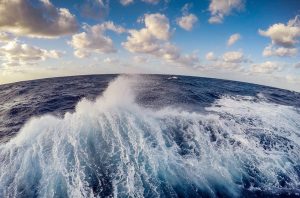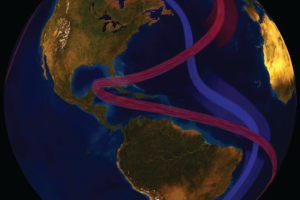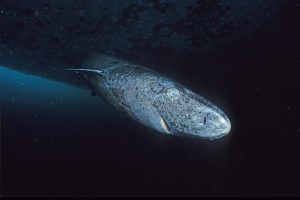Did you know that near St. Augustine, Florida — the nation’s oldest city — there exists an actual “castle” made of sand? Located on 20.5 acres on the western shore of Matanzas Bay, the Castillo de San Marcos National Monument is the oldest (circa 1695) and largest masonry fort in the continental United States.
The Castillo’s masonry, or stonework, is largely comprised of coquina (Spanish for “small shells”) — a natural concrete derived from the ocean. Coquina is a rare form of limestone composed of the shell fragments of ancient mollusks and other marine invertebrates, which, over time, are glued together by dissolved calcium carbonate in the shells. Coquina is also the name of a common tiny clam found everywhere on Florida beaches. Their shells, which come in countless colors, are reflected in the Castillo’s muted hues.
A related building material is tabby, often called coastal concrete, which is basically manmade coquina. Tabby is composed of the lime from burned oyster shells mixed with sand, water, ash, and other shells. As far back as the 1600s, Spanish and English settlers used tabby to build their homes and other structures, and to pave their roads, throughout the coastal Carolinas, Georgia, and Florida.




